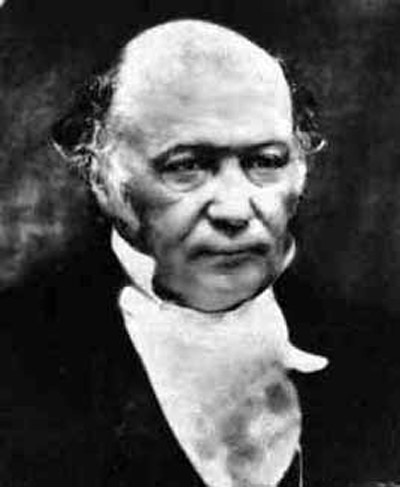ring

William Rowan Hamilton
Ring theory, in simple terms, is the study of mathematical sets in which addition and multiplication are possible. There are really only two ring theories: commutative ring theory in which the order of the elements added or multiplied does not affect the mathematical outcome, and the more complex noncommutative ring theory. The latter was developed from the theory of quaternions of Irish physicist, astronomer, and mathematician William Rowan Hamilton. Hamilton remarked: "there dawned on me the notion that we must admit, in some sense, a fourth dimension of space".
The motivation behind the search for an integrated theory of rings lies in the depth of the problems they represent. In mathematics, rings are sets, in which two operations, addition and multiplication, fulfill conditions for various axioms. Study of the mathematical properties of rings is ancient, but by the 17th century, abstract numerical problems were attracting much interest. Fermat's last theorem, the most fiendishly difficult of all, developed by Pierre de Fermat, was tackled by Richard Dedekind in the 1880s, and out of this work arose the first comprehensive theory of algebraic numbers. This theory, which include the idea that sets could be treated as integers, was the generalization the first allowed commutative ring theory to evolve. Meanwhile, Hamilton's quaternion, discovered in 1843, had broken the commutative property of multiplication and opened the way for noncommutative ring theory.
Following their development as abstract problem solvers, both types of ring theory have helped to further scientific understanding both in mathematics and, practically, in physics. The theories have altered how we conceive of the relationships between numbers, and this has had profound implications in our understanding of the structure of the universe.
Definition and properties
A ring is a set with the following properties: it has two binary operations, addition and multiplication (+ and ×); it is an Abelian group under addition; multiplication is associative, and distributive over addition; and a and b are members of the set, a × b has a unique value c, also a member of the set. If there is a member n of the set such that a × n = a for every member a of the set, the ring is a ring with unity. A ring in which multiplication is commutative is a commutative ring. The German word 'Ring' was used in algebra more than a century ago, by David Hilbert, but with a meaning considerably narrower than the modern one.)
The most familiar example of a ring is the set of integers:
..., –3, –2, –1, 0, 1, 2, 3,....
Suppose that the symbols x and y represent arbitrary integers (allowing the possibility that x = y, meaning that x and y represent the same integer); then the composite symbols x + y and x × y also represent integers (the sum and the product, respectively, of the integers x and y). We thus have a system which is closed with respect to operations denoted by the symbols + and × (and called 'addition' and 'multiplication', respectively). Moreover, the system is subject to certain 'laws' concerning these operations:
The associative laws:
(x + y) + z = x + (y + z),
(x × y) × z = x × (y × z)
The distributive laws:
(x + y) × z = (x × z) + (y × z),
x × (y + z) = (x × y) + (x × z)
The commutative law (for addition):
x + y = y + x
and (the law of subtraction), for each choice of y and z there is, within the system, an x such that
x + y = z
(The law of subtraction does not assert that, given y and z, there is only one x such that x + y = z; but from this law and the others concerning addition we can deduce that in fact there is only one such x, and this we denote by the symbol z–y.) Now we can conceive of an arbitrary collection of entities x, y,... closed with respect to a pair of hypothetical 'operations' which we might choose to denote by the symbols + and ×: such a system is called a ring if it is subject to the above laws; and in this case the operations of + and × are referred to as 'addition' and 'multiplication' respectively, because of their formal resemblance to the operations that have these names in arithmetic. The system of integers is thus an example of a ring. Other examples are the system of rational numbers, the system of real numbers, and the system of complex numbers. These number systems have other features in common: in particular, each of them is a commutative ring, in that multiplication as well as addition is subject to the commutative law (x × y = y × x), and each of them has a unit element, I, characterized by the property that
I × x = x = x × I
for every x. There are, however, non-commutative rings (the system of quaternions is an example), and not every ring has a unit element (consider, for example, the system of even integers). As a matter of convenience, when one is working with a ring, it is usual to write xy for x × y; and to write 2x for x + x, and x 2 for xx. In elementary algebra there are certain rules about the placing of brackets; these rules derive their validity from the associate and distributive laws, and are therefore applicable to any ring.
For none of the particular rings mentioned so far is it the case that
x 2 = x
for every x; but there are rings subject to this special law, and they are called Boolean rings. For more on Boolean rings, go to the entry on George Boole.


